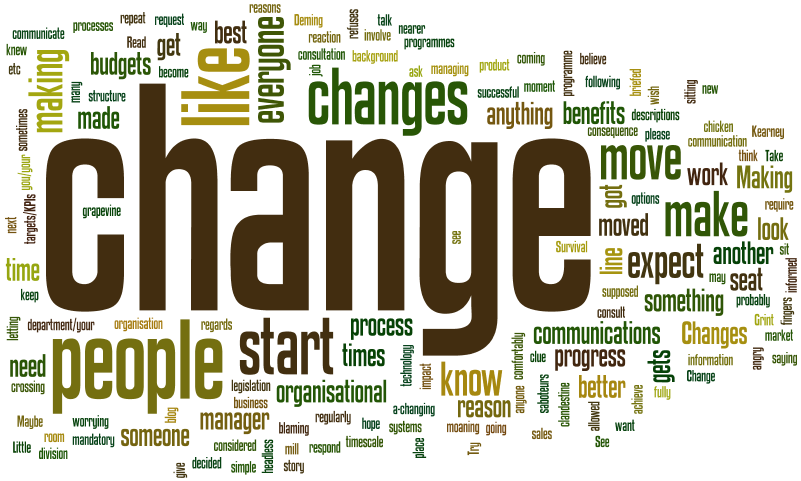- Abuse & The Abuser
- Achievement
- Activity, Fitness & Sport
- Aging & Maturity
- Altruism & Kindness
- Atrocities, Racism & Inequality
- Challenges & Pitfalls
- Choices & Decisions
- Communication Skills
- Crime & Punishment
- Dangerous Situations
- Dealing with Addictions
- Debatable Issues & Moral Questions
- Determination & Achievement
- Diet & Nutrition
- Employment & Career
- Ethical dilemmas
- Experience & Adventure
- Faith, Something to Believe in
- Fears & Phobias
- Friends & Acquaintances
- Habits. Good & Bad
- Honour & Respect
- Human Nature
- Image & Uniqueness
- Immediate Family Relations
- Influence & Negotiation
- Interdependence & Independence
- Life's Big Questions
- Love, Dating & Marriage
- Manners & Etiquette
- Money & Finances
- Moods & Emotions
- Other Beneficial Approaches
- Other Relationships
- Overall health
- Passions & Strengths
- Peace & Forgiveness
- Personal Change
- Personal Development
- Politics & Governance
- Positive & Negative Attitudes
- Rights & Freedom
- Self Harm & Self Sabotage
- Sexual Preferences
- Sexual Relations
- Sins
- Thanks & Gratitude
- The Legacy We Leave
- The Search for Happiness
- Time. Past, present & Future
- Today's World, Projecting Tomorrow
- Truth & Character
- Unattractive Qualities
- Wisdom & Knowledge



FOLLOWERS
Users
Happiness Tuesdays
Change Takes Time
My dad and I were recently talking about politics and how the political landscape so often swings from one side of the pendulum to the other. One party is in for a few years and then another party gets in and tries to change everything that the last party did.
The swings and shifts are sometimes big things that affect the cultures and lifestyles of the people.
It’s like my dad says, the future is often best predicted by looking at the past. Sure, the issues at hand might change but there is some truth to the fact that history continues to repeat itself.
He started talking about the political landscape in Canada in the 1970s and 1980s and how the swings and shifts kept happening. Some of the problems were that the politicians were trying to force change to happen way too fast.
Change is constant but change generally happens slowly - especially if we want the change to be successful. You can’t do a complete 180 degree shift in the span of a few weeks where millions of people are affected and expect it to go well.
In the political landscape today, it seems as though opposing parties just want to swing the pendulum from the other party’s end all the way back to theirs. The thing is they better make sure to let the change happen over time and not force it too quickly.
Interesting Fact #1
You know that you can’t control everything, no matter how hard you try. Embrace this knowledge and you’ll be less stressed. Embrace the fact that it will come, and you’ll be better prepared to face it when it arrives.
Interesting Fact #2
You’ll never experience the best parts of life if you avoid things that are new or different. Focus on the positive outcomes, and remember that you’re never stuck.
Interesting Fact #3
Of course, not all change ends up being good. But even if the it is negative, the fact that you endured a change can be healthy.
Quote of the day
“Be the change that you wish to see in the world.” ― Mahatma Gandhi
Article of the day - A New World Needs A New Approach To Change Management
Change management is a hot topic among organizations in today’s quickly changing world where we have to keep up with consumer and stakeholder demands, public safety policies, ever-increasing competition, technological changes and new cultural understandings.
While organizations need change management, it can often be a point of frustration for leaders who try to implement a traditional change management approach. They don’t have time for extra training, people fall back to their old habits soon after and executives, managers and employees get distracted by urgency. Meaningful change is a rarity in today’s organizational cultures.
The problem is that traditional change management is no longer effective. The good news is that if you turn the model upside down, you can get meaningful, measurable and sustainable results in just a few months. Here are four ways breakthrough change management works differently from the traditional model.
1. Traditional change management starts by educating people on the process and principles of change management. They are taught to follow a process that worked in the past but isn’t adjusted for today’s pressures.
Breakthrough change management (B STATE) takes an outcome-driven approach, starting with the leadership team defining the do-different approach to achieving goals while considering real-time constraints. Training and education are done at a later point in a much more focused way. While training and education are important, the best way to learn is by doing, not by sitting in a room or on a Zoom call listening to a lecture. Jumping into implementation gives teams a chance to start creating change immediately, followed by quick feedback and course correction.
2. Traditional change management trains leaders in the individual skills of change management. This usually includes how to manage the people side of the change with emotional intelligence, communication and coaching skills. Part of the training is to get leadership buy-in for the change. However, leaders have a hard time buying into something they’re not sure will work, putting the ownership back on the people doing the training.
B STATE change management doesn’t rely on individual leaders to lead the change. Instead, it utilizes leadership teams to identify how roles and expectations need to change at each level and how those changes link to each other to produce a different result. Team members take shared ownership and accountability for the changes essential for success. While leaders are needed for priority-setting and direction, it’s imperative that the entire team feel a sense of ownership for the change. This creates an environment of support, safety and accountability among team members who must rely on each other’s skills, talents and creativity to get the outcomes they’ve agreed upon.
3. Traditional change management introduces the change and leaves it to the HR and project management departments to drive the change and individual leaders to manage their people in it from their functional role in the organization.
B STATE change management has leadership teams prioritize the most important areas to improve upon immediately. These then become the areas that HR and project management support with training and systems to ensure success, saving time and effort on everyone’s part.
4. Traditional change management is usually tracked against the business goals, which is on track, but doesn’t effectively link the culture or behaviors necessary to achieve those goals. This means the change is reliant on willpower, a very ineffective way to create change. While people can change their behavior for a short time using willpower, they will inevitably go back to their old ways the moment things get stressful or difficult, which is an inescapable part of making a big organizational change.
B STATE change management starts by linking business results and new role and behavior expectations by creating a unified picture of success. Then team relationships are inextricably tied to team outcomes and behaviors, a fact that is often missed by traditional change management consultants. By tracking all three factors related to creating change, you can identify the true breakdown areas and improve upon them by creating team habits that focus on both behavior and mindset.
As for next steps, you can test this out in a simple way to see how it works with your team, regardless of the level of the team.
1. Define what needs to change as a team.
Looking at your goals and priorities for the year, answer the following questions as a team:
• What do we as a team and individuals need to do differently to be successful? (Identify three to five key differences as a simple title or statement.)
• For each item, ask: What would it look/sound/feel like if we were actually doing it? Be specific and behavioral. (i.e., a series of steps.)
2. Pick the highest leverage change and create a simple plan.
• Make sure that everyone on the team can take shared responsibility for implementing individually and collectively.
• Identify a time frame as well as what will most likely get in the way of making this shift.
3. Set a date to follow up and ask three questions.
• Did we do what we said we would do?
• How did we do at achieving the outcomes?
• What do we need to continue doing or change to get or continue to get those outcomes?
Traditional change management can only take an organization so far in today’s world. While the practices might seem nice and appear helpful at first, business teams revert to their old behaviors, leaving leadership feeling frustrated and effective change nowhere in sight. A breakthrough approach to change management gives you a different paradigm with which to implement organizational change so that you can let go of antiquated processes and start to experience real, lasting change in your organization.
Question of the day - What is a negative outcome that you have seen from change happening too quickly?
Politics & Governance
What is a negative outcome that you have seen from change happening too quickly?







